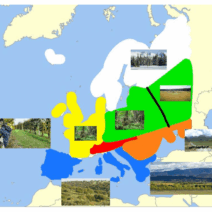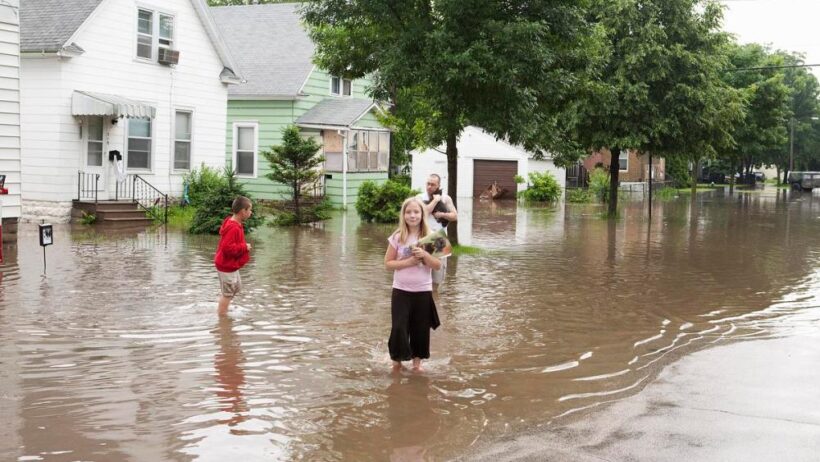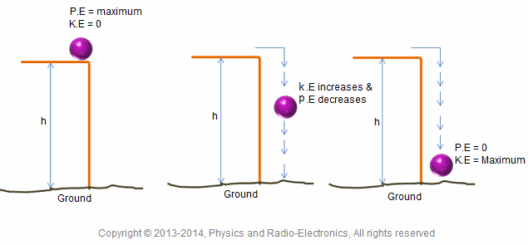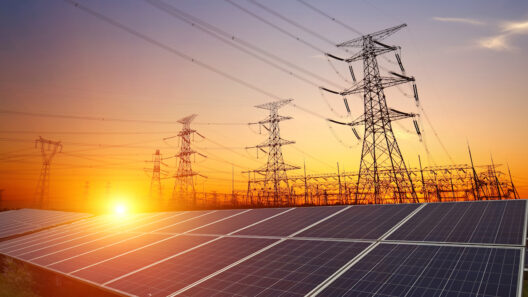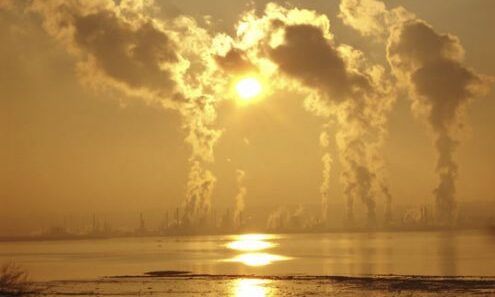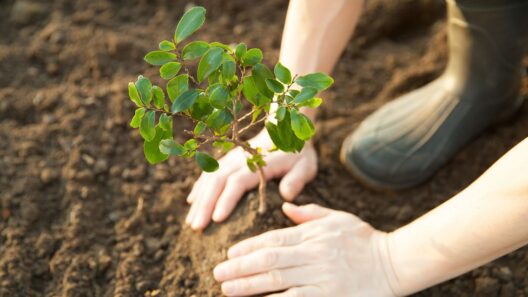The Midwest is often perceived as a region characterized by its agricultural prowess and vast, open landscapes. The agricultural heartland of the United States, it is endowed with fertile soils and a strong work ethic that has sustained its communities for generations. However, as climate change becomes an increasingly pressing issue, a critical question arises: Is the Midwest ready to battle global warming?
Beneath the bucolic charm of the Midwest lies a complex interplay of environmental, economic, and social factors influenced by the inexorable march of climate change. With rising temperatures, increased precipitation variability, and more intense weather events, the region faces unique challenges that could disrupt familiar ways of life. The reliance on its agrarian landscape means that farmers, a bedrock of Midwestern culture, are particularly vulnerable to the unpredictable impacts of a warming climate.
Historically, Midwestern agriculture has thrived in a climate that allowed for predictable planting and harvesting seasons. However, the profound alterations brought on by global warming challenge this stability. Crop yields are increasingly compromised by pests and diseases that flourish in warmer temperatures. Additionally, variations in precipitation patterns cause both flooding and drought, creating a dual threat that farmers must learn to navigate. As agricultural viability falters, food security could unravel, not just locally but on a national scale.
Moreover, many Midwestern communities are experiencing extreme weather phenomena like tornadoes and severe storms with increasing frequency and intensity. This raises critical questions about infrastructure resilience. Towns historically built to withstand typical midwestern weather patterns now find themselves unprepared for the onslaught of severe weather conditions driven by climate change. Roads and bridges, once considered reliable, now require rerouting and reconstruction due to flooding and permanent damage.
One significant observation is how communities across the Midwest are responding to these challenges. While there is a growing recognition of the dangers posed by climate change, the response has often been uneven. Some areas have initiated proactive measures, pivoting towards sustainable farming practices and investing in renewable energy sources, showcasing a remarkable spirit of innovation rooted in their agrarian backgrounds. Farmers are adopting techniques such as cover cropping and agroforestry, which not only enhance soil health but also contribute to carbon sequestration.
This innovation reflects a deeper, intrinsic motivation seen in many Midwesterners: a profound connection to the land. Farmers, ranchers, and rural communities express a purposeful stewardship that transcends economic losses. For many, it is about preserving the livelihood and identity of future generations. This intrinsic connection fosters an advocacy for sustainability grounded in both ethical and practical concerns.
However, despite pockets of ingenuity and resilience, there remains a pervasive sense of helplessness and skepticism. In some instances, political inertia stymies progress towards wider climate action. The Midwest has a storied relationship with fossil fuels, particularly coal and natural gas. Transitioning away from these entrenched systems is fraught with resistance, owing to economic concerns and job losses that might be incurred in the process. The philosophical divides surrounding climate action often mirror the enduring cultural dilemmas tied to identity and economy.
Furthermore, low-income and marginalized communities within the Midwest often bear the brunt of climate change impacts. Lacking the resources to update infrastructure or invest in adaptation measures, these communities face disproportionate vulnerabilities. Environmental justice must be a critical lens through which climate adaptation is assessed. Vulnerable populations must be included in conversations about climate resilience, ensuring equitable access to resources and support systems.
Adapting to climate change demands collaboration across multiple sectors, necessitating a movement that engages government entities, businesses, and grassroots organizations alike. Local governments can play a pivotal role by implementing comprehensive climate action plans that promote sustainability, resilience, and adaptation strategies. Schools and educational institutions can amplify awareness, ensuring that the conversation around climate resilience is integrated into curricula, fostering a generation of environmentally conscious citizens.
Expanding community engagement is vital. Initiatives that link rural and urban populations can foster shared understanding and collaborative solutions. Community gardens in urban settings might empower residents while simultaneously bolstering local food systems, demonstrating the symbiotic relationship between urban and agricultural environments.
In conclusion, the question of whether the Midwest is ready to battle global warming does not elicit a straightforward answer; it is a multifaceted issue steeped in ongoing struggles and evolving responses. The combination of climate vulnerability, cultural identity, and economic instability makes the task daunting. Nonetheless, there is a palpable undercurrent of awareness and action that could be harnessed. With dedicated effort, fueled by local commitment and broader strategic initiatives, the Midwest can indeed embark on a resilient path forward. The future of this vital region may hinge not only on technological advances but also on a collective reimagining of how people relate to their environment, one that honors both tradition and the challenges of a warming world.
